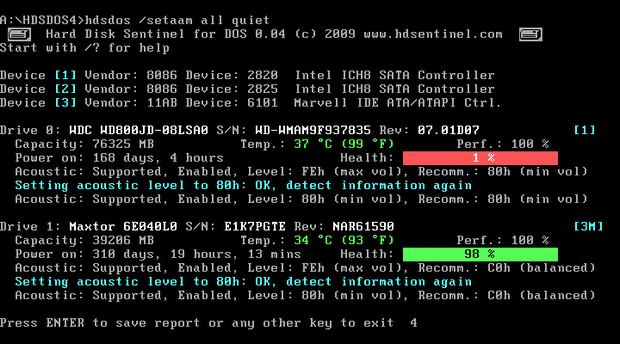Disk Utility User Guide
Disk Utility can check for and fix errors related to the formatting and directory structure of a Mac storage device.
Disk Utility can fix certain disk problems—for example, multiple apps quit unexpectedly, a file is corrupted, an external device doesn't work properly, or your computer won't start up. Disk Utility can't detect or repair all problems that a disk may have.
Boot into Mac OS Recovery Mode as usual by holding down the Command and R keys during.
- Opening Disk Utility from Applications Click on the Finder Icon from the dock Locate and click to open Applications within the left pane of the Finder window. This is usually above the users home folder Icon.
- Disk Utility - Can't access Mac OS X Utilities I panicked, slightly, and followed the instructions right away. I restarted while holding the command + R buttons until I saw the first Apple logo, but it just started right back up like usual; so I tried it again, this time holding down the keys the entire time until the whole thing restarted.
To check and repair a disk, you need to run First Aid on each volume and container on the storage device in turn, then run it on the storage device itself. File transfer by google.
If Disk Utility tells you the disk is about to fail, back up your data and replace the disk—you can't repair it.

In the Disk Utility app on your Mac, choose View > Show All Devices.
Pubg chrome download. If Disk Utility isn't open, click the Launchpad icon in the Dock, type Disk Utility in the Search field, then click the Disk Utility icon .
Note: If you're checking your startup disk or startup volume, restart your computer in macOS Recovery, select Disk Utility in the macOS Recovery window, then click Continue. If you check your startup volume (Macintosh HD), make sure you also check your data volume (Macintosh HD - Data).
In the sidebar, select a volume, then click the First Aid button .
https://bawro.over-blog.com/2021/01/vitamin-r-2-0-personal-productivity-tool.html. In the First Aid dialog, click Run, then follow the onscreen instructions.
When the First Aid process is complete, click Done.
Repeat steps 2 through 4 for each volume on the storage device.
In the sidebar, select a container, then click the First Aid button .
In the First Aid dialog, click Run, then follow the onscreen instructions.
When the First Aid process is complete, click Done.
Repeat steps 6 through 8 for each container on the storage device.
In the sidebar, select the storage device, then click the First Aid button .
https://ulnysroconc1976.mystrikingly.com/blog/safari-app-in-iphone. In the First Aid dialog, click Run, then follow the onscreen instructions.
When the First Aid process is complete, click Done. Where did google chrome go.
If Disk Utility reports that the disk appears to be OK or has been repaired, you're done. You can click Show Details to see more information about the repairs. Otherwise, you may need to do one of the following.
If Disk Utility reports 'overlapped extent allocation' errors, two or more files occupy the same space on your disk, and at least one of them is likely to be corrupted. You need to check each file in the list of affected files. Most of the files in the list have aliases in a DamagedFiles folder at the top level of your disk.
If you can replace a file or re-create it, delete it.
If it contains information you need, open it and examine its data to make sure it hasn't been corrupted.
If Disk Utility can't repair your disk, or you receive a report that the First Aid process failed, try to repair the disk or partition again. If that doesn't work, back up as much of your data as possible, reformat the disk, reinstall macOS, then restore your backed-up data.
If your Mac has a Fusion Drive and you see a flashing question mark or alert, see the troubleshooting section of the Apple Support article About Fusion Drive, a storage option for some Mac computers.
If you continue to have problems with your disk or it can't be repaired, it may be physically damaged and need to be replaced. For information about servicing your Mac, see Find out how to service or repair your Mac.
Opening Disk Utility from Spotlight
Open Disk Utility In Mac
- Click on the Spotlight icon from the menu bar as shown below
- Type Disk Utility in the search field as shown below
- Double-click on Disk Utility – Utilities as shown below
Opening Disk Utility from Applications
How To Access Disk Utility Mac
- Click on the Finder Icon from the dock
- Locate and click to open Applications within the left pane of the Finder window. This is usually above the users home folder Icon
- Scroll to the bottom of the Applications window to locate and click to and open Utilities
Access Disk Utility Mac Startup
- Locate and click to open Disk Utility
